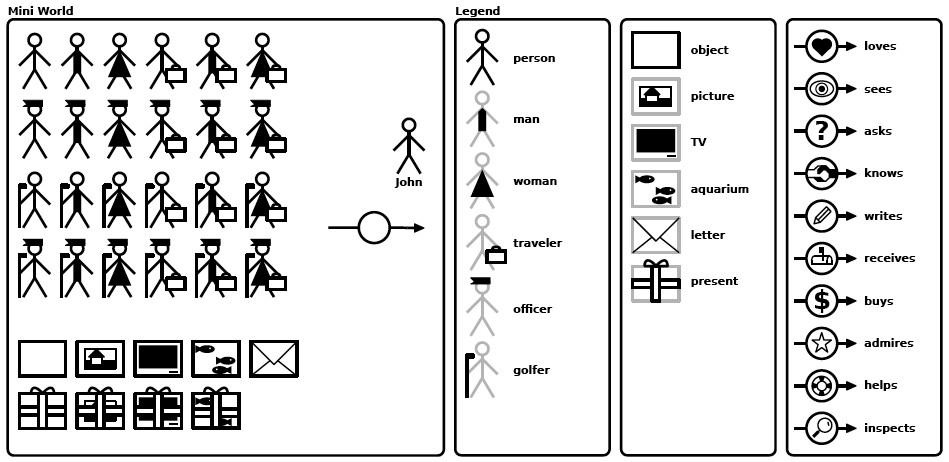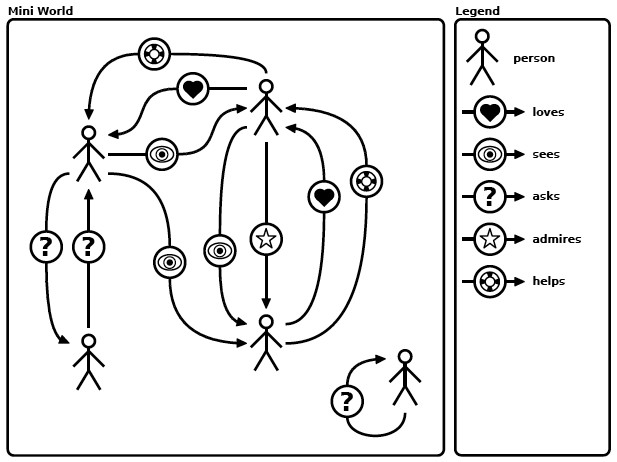 |
|
|
Introduction
A further source behind OntoLi+-x besides the modeler and game engine of the 3D content creation suite Blender, that is based on the OpenGL software library, is its node editor that uses a system of graphical elements and widgets as nodes, that became the so-called Ontologic Bricks after the start of OntoLi+-x, which are a combination of sensors, controllers, and actuators, and that are connected in the related node editor to control the movement and display of objects in the engine, which is also linked with the OntoScope software component and in this way with the OntoBot software component.
We took the 3D content creation suite as a basic environment and extended it totally in several ways to the Multilingual Multimodal Multiparadigmatic Multimedia Environment (M4E) OntoBlender by integrating the concepts of:
and also
In general, OntoBlender is ideally suited for
to name just a few as examples (see the Feature-Lists and also the remarks made on the webpage of the Project Status).
As it is the case with the visual object-oriented ontology modeling with the Object-oriented Systems Modeling (OSM) language, that is very similar to the Unified Modeling Language (UML), we have with OntoBlender a multimodal programming language and environment, that is similar to a
attributed graph grammar based specification and (rapid) programm- ing language and environment based on (imperativ) graph and term rewriting systems with graph rewriting rules respectively graph grammars,
which offers a seamless integration of a
processing pipeline based on Directed Acyclic (multi)Graph (DAG) with graph and term rewriting/rules/grammars,
and combines
visual rewriting with a textual programming language and interactivity, and in this way can be used for
the latter even comprises the fields of
and features
which we extended to an ontologic multimodal programming language and environment, that can be used as well for declarative reasoning about the structure of
systems.
For sure, our existing components of OntoLi+-x, specifically the OntoBot and OntoScope software components, are based on these foundational concepts and already feature everything to realize all these paradigms, methods, languages, environments, applications, systems, and every further demand or wish of a user.
the OntoBot software component parts Maude, which is based on rewriting logic, and Pathway Logic, which is based on Maude, the OntoScope software component parts Tulip and Blender (see also the Further steps of the 26th August 2012), and our accompanying Ontologic File System (OntoFS) software component based on our concept of a non-standard file-database management system with a graph-oriented, conceptual graph compatible data model as ontologic system and operating system basis, and also further concepts behind OntoLinux listed on the webpage Links to Software, like e.g.
with graph and term rewriting systems, as well as its applications in the fields of
- Artificial Intelligence (AI),
- Machine Learning (ML), and
- Evolutionary Computing (EC),
for the implementation of an environment for
Ontologic Modeling/Design Language (OML/ODL) Core
Inspirations and basics of the Ontologic Modeling/Design Language (OML/ODL), which is meant as a control structure/language for what a computer does automatically, because we do not want to program manually anymore.
Images


UML model elements and KDE Umbrello UML modeler
![]()
![]()
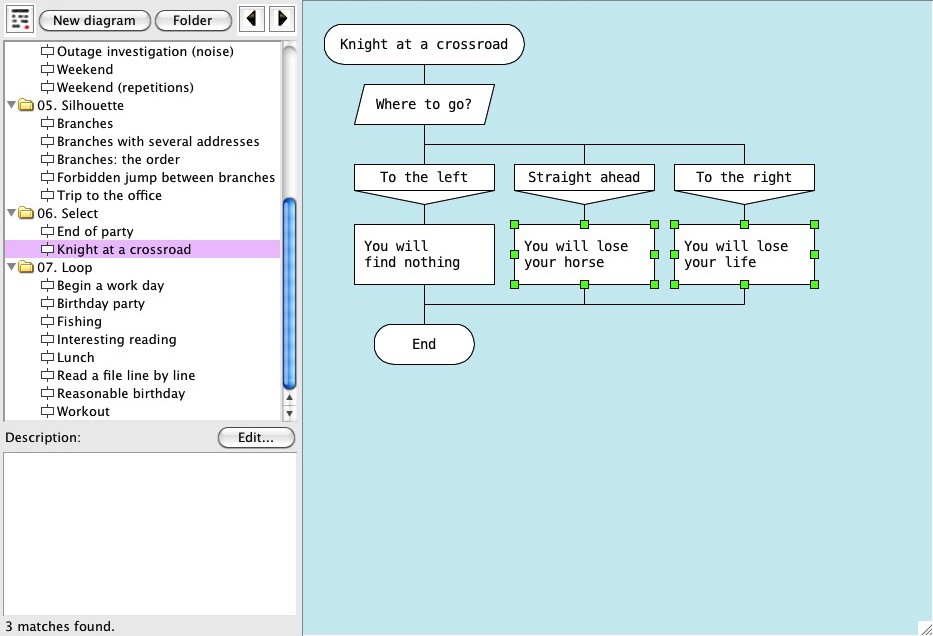
Editor for the DRAKON visual programming language with icons and macroicons

Pure Data interactive visual data flow programming language

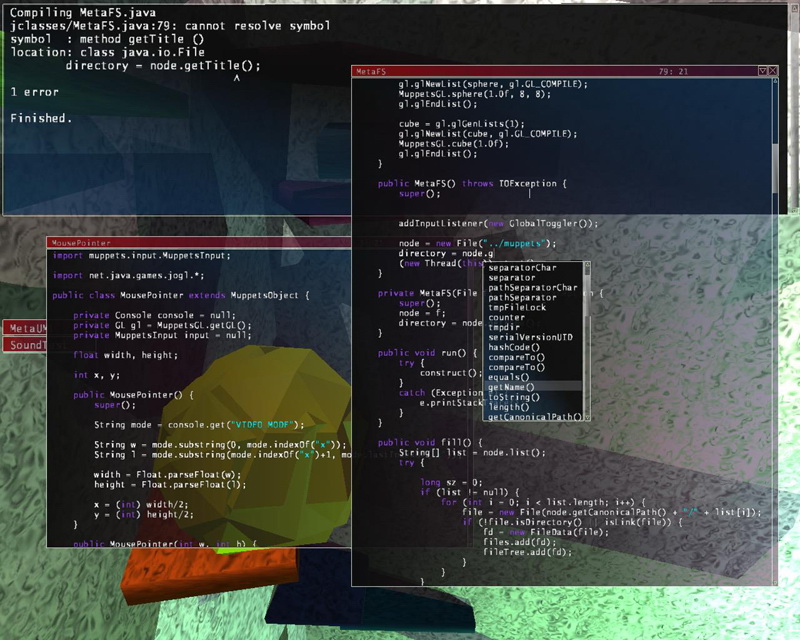
Integrated Development Environment (IDE) and console for live coding and real-time application rendering


Semantic and Ontologic Software Engineering Dependancy Graph with 3D MetaUML and Ontologic Application Design Language (OADL)
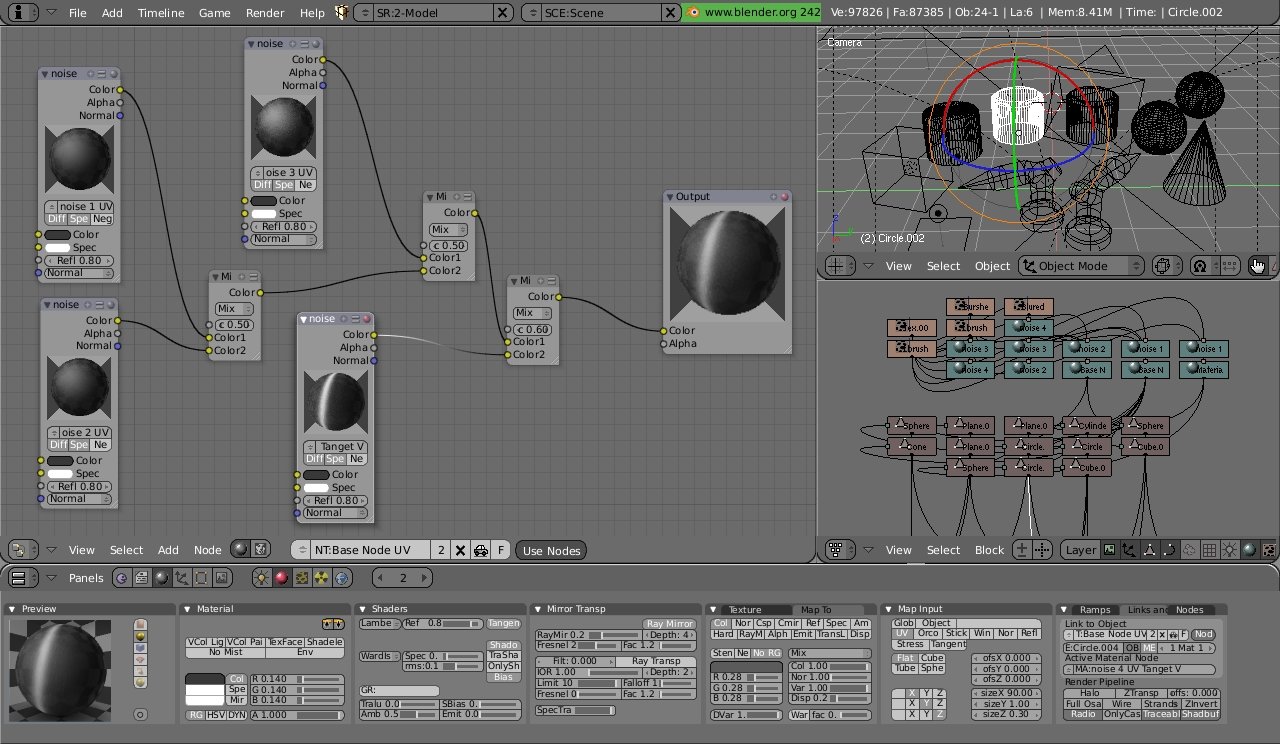

OntoModeler with Ontologic Bricks as nodes connected and real-time application rendering as part of subsequent robot arm control

OntoBlender with OntoEarth/OntoGlobe


Multimodal Multiparadigmatic Multilingual Multimedia Integrated Virtual Development Environment (M4IVDE) OntoCOVE and Ontologic Bricks as well as live coding and real-time application rendering with OntoScripting (here Python) and Ontologic-Oriented programming


Ontologic Bricks for Machine Learning (ML) and also systems biology by the integration of the Orange suite
